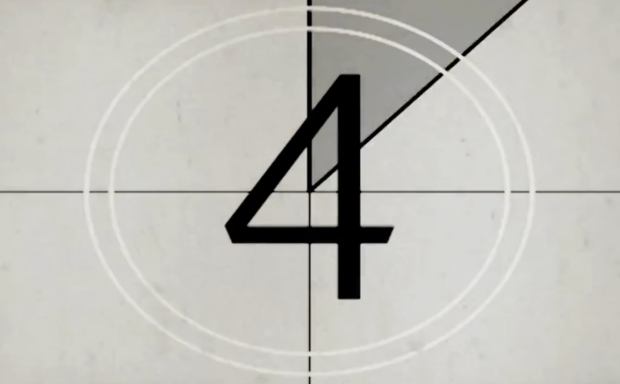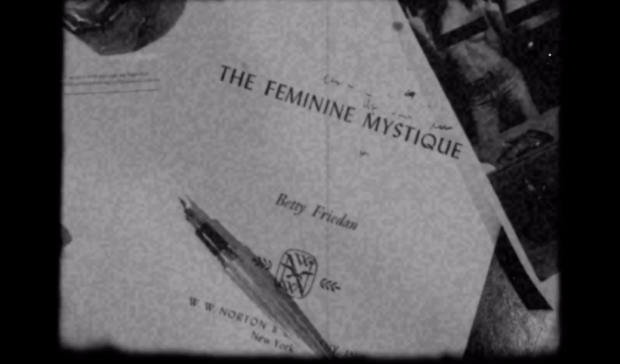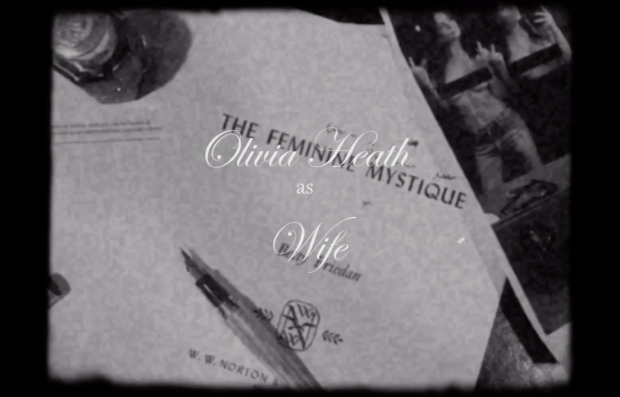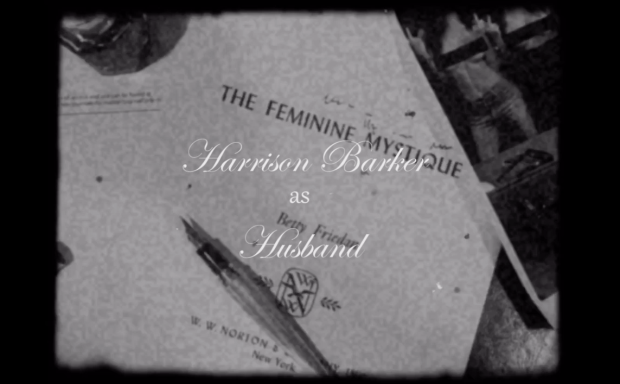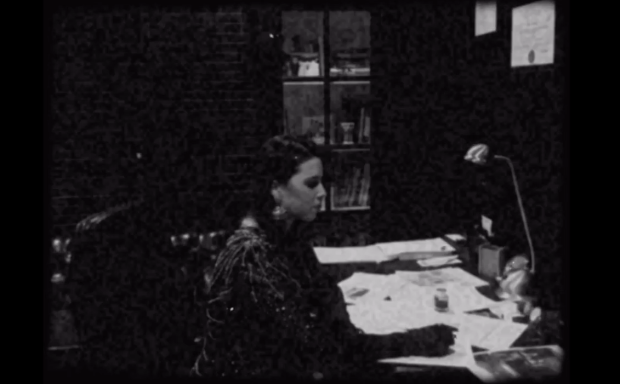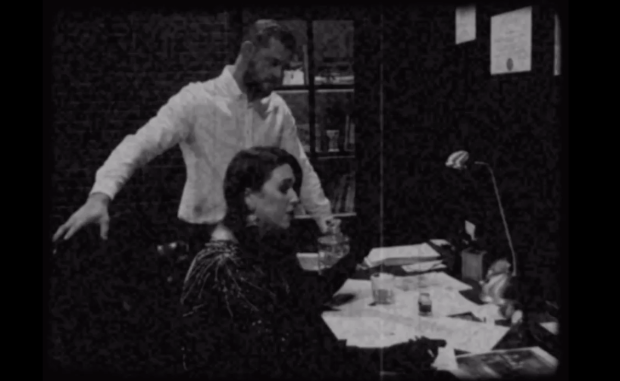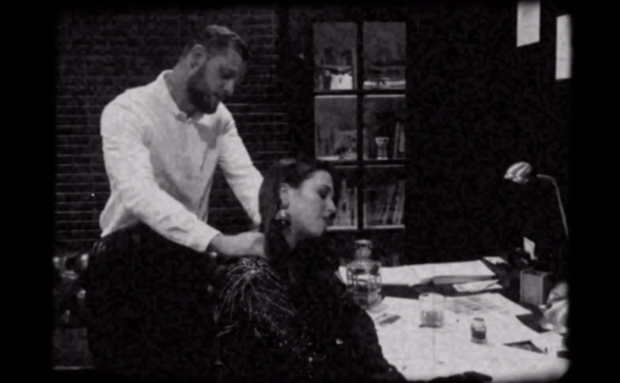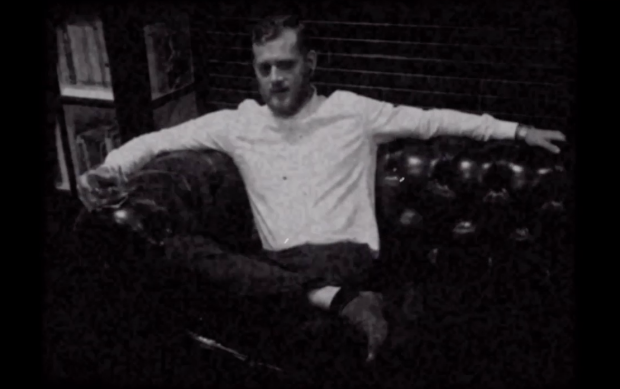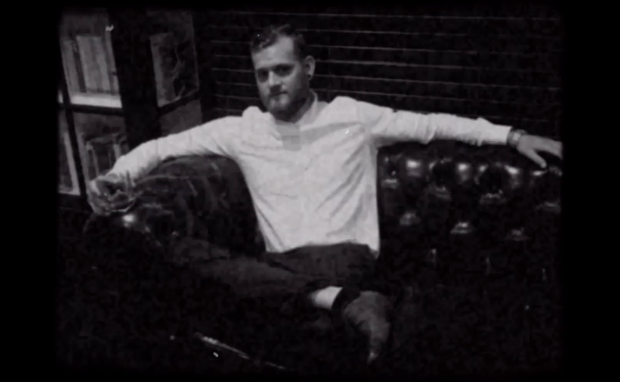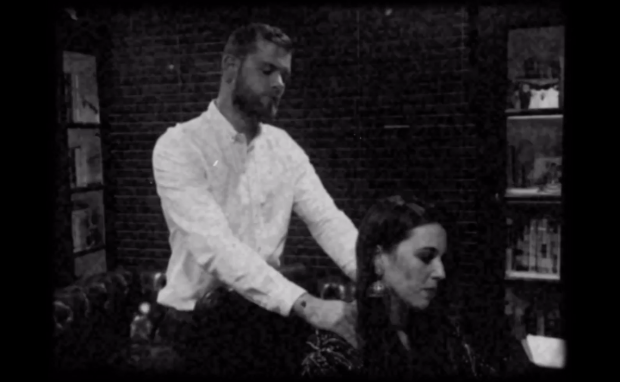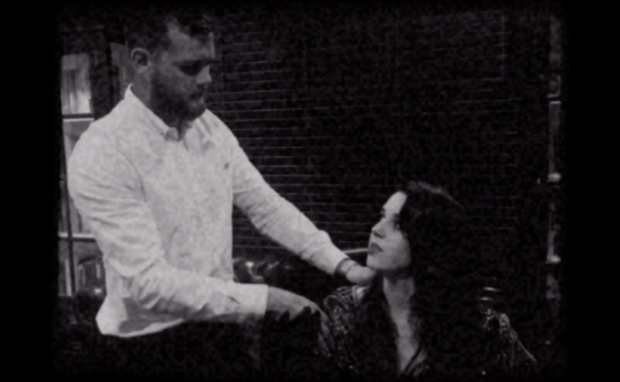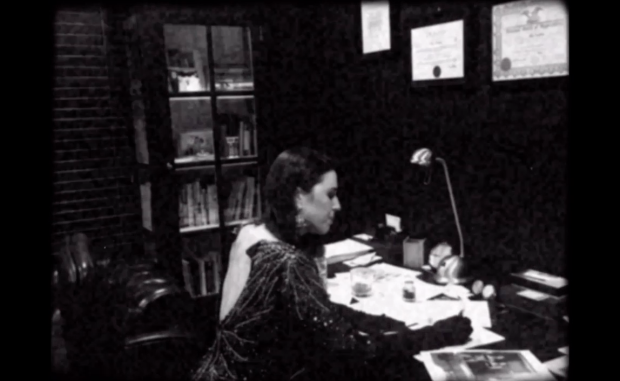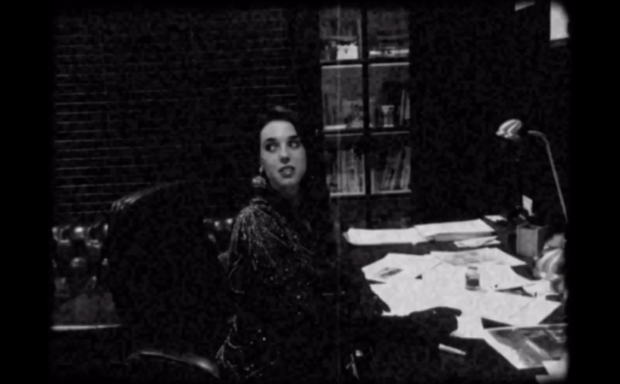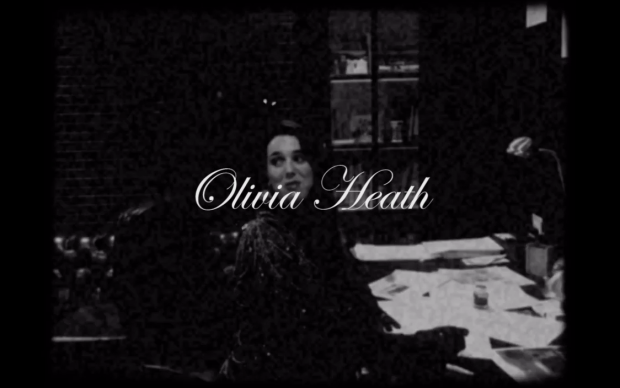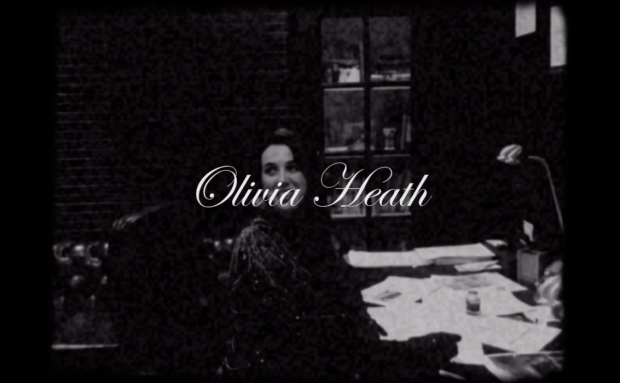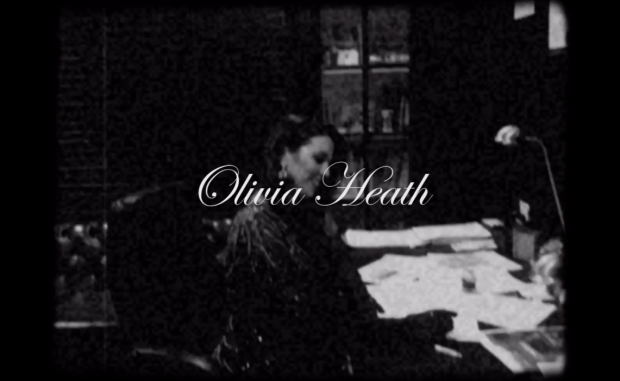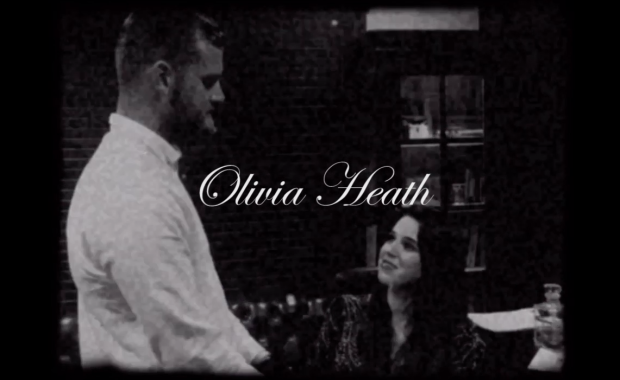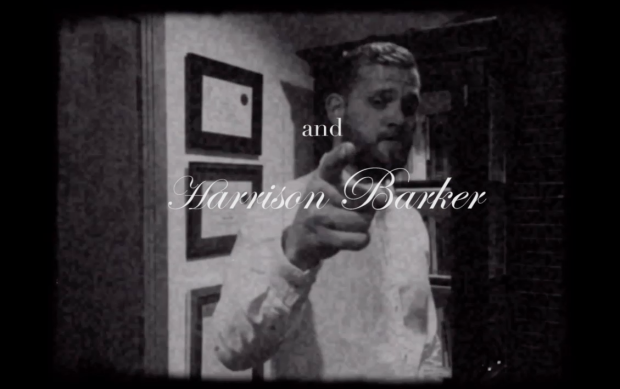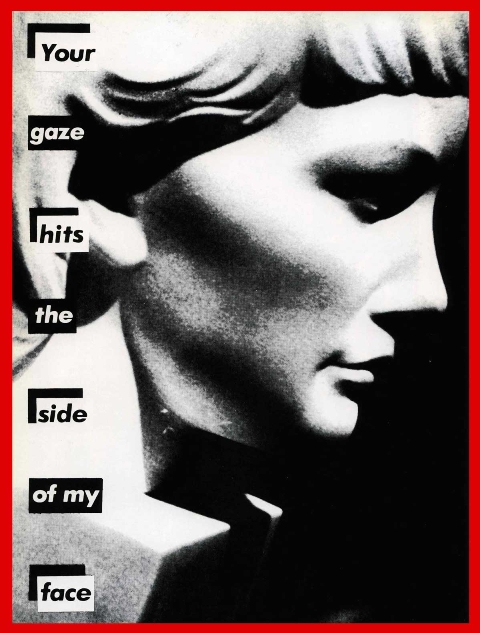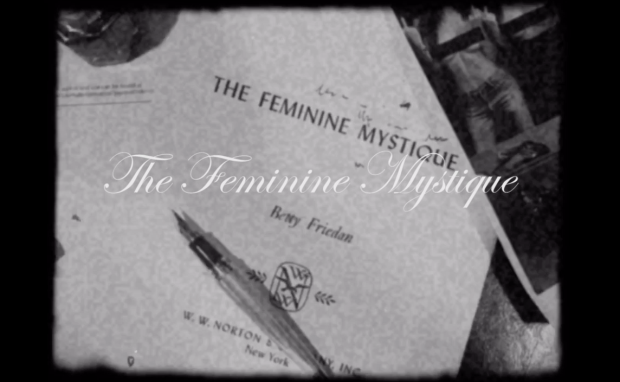
I argue that women have not left the era of The Feminine Mystique, as the conventional roles of women have continued to be governed by the patriarchy through new digital modes of subjugation such as the media. The subliminal seduction, specifically within social media, governs women on how they should perform their femininity. I will identify the similarities between the subliminal seduction of domesticated roles explored within The Feminine Mystique and the subliminal seduction of of social media. The areas that will be researched are:
+the ongoing conventional roles in modern society that mirror the roles researched in The Feminine Mystique
+the subliminal seduction of subjugated modes such as social media that creates the new Feminine Mystique
The findings from this research project aim to create a creative short film that disrupts the conventional thinking, creates awareness and empowers women.
CONTEXTUAL RELEVANCE
Equality is a topical subject within society, currently receiving attention of the media and talk of the community. The media constantly reassures society that the equality between male and female does not exsit. However, I argue that the ongoing roles have been disguised by subliminal seduction of social media. Through insider research, prior to this study, I observed the obsessive ideology to perform femininity a certain way and the severe dependence of this mode within my generation.
Are these two governed roles the same and does that make women still subordinate within society?
By voicing this issue through a short video we would be:
+empowering women to deter the conventional oppressed roles appointed to them
+enlightening women of subliminal seduction
+disrupting conventional thinking
METHODOLOGIES
I aim to create a short film to inform women of these existing roles and the subliminal seduction of social media. Also, I intend to disrupt the governed conventional thoughts of society by juxtaposing both traditional and modern ideologies, consequently comparing and identifying shocking similarities. This piece will be making reference to the socially constructed gender roles and theories through the use of composition and mise en scene, inspired by historical narrative and traditional Hollywood film.
I plan to explore ideas and reaction through further social experiments, observational studies, photo elicitation, informal interviews and insider research that challenge the oppressed roles of women within the modern society. I will constantly make reference to the book by Betty Friedan, The Feminine Mystique that addresses the subliminal seduction of domestication and the unfulfillment of women carrying out traditional roles (Friedan, 1963). By constantly comparing the new Feminine Mystique to Friedan’s, the similarities will be evident through the short film.
CONTRIBUTING THEORETICAL DISCOURSE
Female scholars have addressed the oppressed roles of women within society, constantly referring to women as The Second Sex ,inspired by Simone De Beauvoir in 1949 and more recently referenced by Diane Poneterotto in Resisting the Male Gaze (De Beauvoir, 1949. Poneterotto, 2016). Women are subconsciously seduced to these roles and evidently governed to a lowered position within society as understood in The Feminine Mystique (Friedan, 1963). This theoretical information supports largely of my research as it studies the subconscious patriarchal influence, referring to the subject as “the problem that has no name” (Friedan, 1963). The Stepford Wives is similar, as it is an extreme and realistically modern interpretation of The Feminine Mystique: how women are subliminally attracted to and overly pleased with cleaning products, grocery shopping and meeting their husbands needs (Levin, 1975). This experience mirrors the governed desire to perform femininity a certain way through social media.
The Stepford Wives also stresses the importance of a woman’s image and how the way a woman performs is purposely for her husband’s gaze. John Berger stated that a woman’s only purpose is to become a vision as, “men act, women appear” (Berger, 1972). Ways of Seeing addresses oppressed conventional roles of women throughout history and how the female image is of upmost importance and “the success of her life” (Berger, 1972).
The domesticated roles of women seen in The Feminine Mystique and The Stepford Wives are thought to be self-desired, but are only a subliminal patriarchal construct, much like the subliminal seduction of social media. This is explored by Julia Kristeva through abject theory (Kristeva, 1982). This theory relates to my research as it explores how women feel that portraying their femininity on social media is self gratification when in fact it is the result of abjection.
CONTEMPORARY EXEMPLARS
The Semiotics of the Kitchen is a video performance inspired by a combination of an American televised cooking show and classroom learning the fundamentals of the alphabet. Parodies are an element of comedy, however the performance is not comedic as Martha Rosler aggressively and passionately performs her predetermined role in the kitchen. The ambiguous parody has worked successfully as the audience does not have a conventional comedic reaction.
Women: Know your limits! is again, another parody video that mimics the conventions of an advertisement. The video uses a historical narrative to exaggerate the patriarchal society and how women are positioned in it. The video comments on the governed expectations women should adhere to. The viewer has an overly comedic reaction to this video, however in consequent, severely reflects. The extremely humorous script is ridiculously comedic to the point that it becomes unfunny in all seriousness.
Center Jenny is an fluorescent explosion of overlaid film, carrying the aesthetic of a video game, in a huge artistic production that follows the obscure and uncomfortable concept of young girls and their extreme desire of social media. Exaggeration is a powerful element of shocking the viewer into self realisation. The element of exaggeration can be compared to The Stepford Wives as both stories overemphasise reality and consequently, the viewer refers to their own experience and attitude.
Cindy Sherman challenges the stereotypical role of house wives in Untitled Film Stills #35. She argues that the patriarch design socially constructed roles that women must adhere to which limits the value they can receive. Involving herself in her stills suggest that the issue is extremely important and personal.
Kate Tempest is an English poet/performance artist that addresses social issues and confronting ideas and observations within religion, young people, media and body image. The performance Progress ultimately refers to the subliminal seduction of social media on young adults. She mentions in the beginning of the performance that first society had the bible to look towards for guidance and now it has changed to the mobile phone. There is an extreme contrast between modes of seduction: the bible and technology. However, it is interesting that the bible is a heavily patriarchal mode that some find absurd, but the subconscious govern of the media still is under the radar, exuding patriarchal seductions.
In the early 1980s, Barbara Kruger created her signature artistic identity by appropriating black and white images with bold typeface strips, establishing political pop art. The found images were juxtaposed with ambiguous text that, when combined, forced the viewer to reflect. The work Untitled carries text that says “Your gaze hits the side of my face” which evidently comments on the male gaze (Kruger, 1981). Theoretically, the term “gaze” represents power, and in regards to Kruger’s image, it refers to patriarchal power. John Berger reflects on the male gaze within Ways of Seeing by stating that men are the surveyors and women are the surveyed. Berger also states, that “men act, women appear” (Berger, 1972). This suddenly is not about image anymore, but it is about the governed subjugated role women play within society: a vision of desire. Within the early renaissance, male painters depicted nude women in alluring positions that inflicted desire among the viewer. The same alluring image is seen within current media, advertisements and pornographic films. These modes also glorify oppressed roles through subliminal seduction. With the strategic use of the word “hits”, Kruger’s work implies how dangerous the power of the governed gaze is and how it affects the value of a woman.
By viewing similar practitioners and inspiring works, I explore elements in which to produce my short film. I discovered that humour, exaggeration and personal involvement has an effective reaction and challenges the conventional thinking of the viewer. I intend to use these explored elements as motifs in the short film.
REFLECTIVE PROCESS
The research began through a personal curiosity towards the way in which women were viewed within my social community and friendship group. Much of my early research investigated sexuality and self-expression and the sexualisation of the breast. I conducted a social experiment based on Abject Theory that relied on reaction, which summarised my research at the time. It produced a productive and confident start however the research question was not personally satisfying.
As my research extended I began focusing more the socially constructed roles of women and the ongoing subliminal seduction of domestication. I studied traditional roles of women, alongside historical paintings that surround the ideology of the male gaze. I explored historical and contemporary governed roles that related to the description of the women as the Second Sex (De Beauvoir, 1949. Poneterotto, 2016). These explorations created a strong base of information and I was confidently moving forward in the process.
Inspired by similar exemplars and practitioners, theoretical discourses, photo elicitations and social experiments, I have begun to create my short film to create a balance between research and practice. This will further my research proposal through practicing methodology. Therefore, the research proposal and idea remains the same.
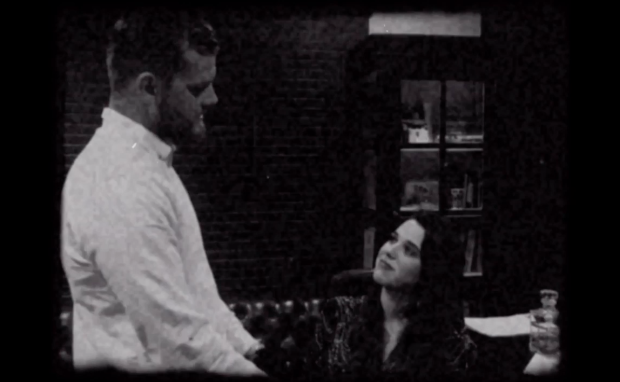
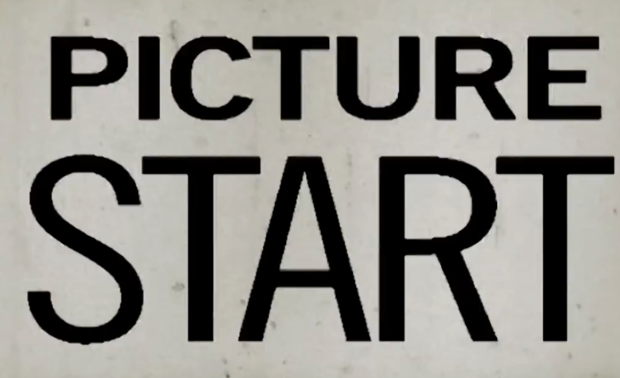
CONCLUSION
I have successfully built a basis of information and exploration of practitioners that appropriately support my research question. By visually referring to The Feminine Mystique through mise en scene and juxtaposing social media as a subjugated mode through script and character traits discovered through observational, insider and interactional studies; I will successfully argue, through my short film, that women have not left the era of The Feminine Mystique. My short film will highly suggest that the subliminal seduction of domesticated roles constructed by the patriarch, addressed by the explored theoretical discourses and practitioners, is the same as the subliminal seduction of social media. Therefore, the socially constructed roles of women are still existing within society.
FUTURE RESEARCH
I have conducted qualitative photo elicitations, which specifically disrupts the viewer’s conventional thinking. I have gained diverse reactions and responses with this methodology, which has acted as a compass towards my now current study, along with insider research and observational studies. I feel that my research has reached its potential and it is time to move forward with my practice and methodologies. I have created a trailer of the short film to understand technical aspects, theoretical ideologies, composition, reflect and refine before moving forward with filming. This will give me an understanding on what was successful and what changes need to be made.
Once the short film is complete, I intend to either project the video onto the White Box Gallery walls for a traditional cinematic experience, or organise and opening night experience for the viewers in a theatre or cinema.
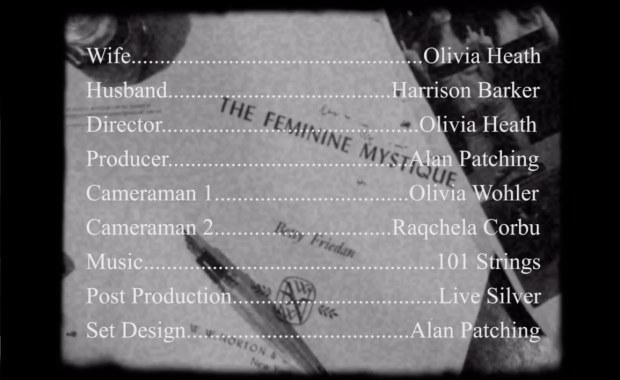
REFERENCE LIST
Berger, John. 1972. Ways of Seeing. London: Penguin Books
De Beauvoir, Simone. 1949. The Second Sex France: Random House
De Robertis, Deborah. 2014 The Origin of the World. Video
Enfield, Harry. 2008. Women, know your limits! Video. accessed 17 May 2016 https://www.youtube.com/watch?v=LS37SNYjg8w
Friedan, Betty. 1963. The Feminine Mystique. United States: W.W Norton and Co
Guerrilla Girls, 1989. Do women have to be naked to get into the Met. Museum? Poster. accessed 8 April 2016 http://www.guerrillagirls.com/projects/
Kristeva, Julia. 1982. Pouvoir de L’horreur: Power of Horrors. Columbia University Press
Kruger, Barbara, 1981 Untitled. Image
Levin, Iran. 1972. The Stepford Wives. United States: Random House.
Moffatt, Tracey. 2012. OTHER Video. accessed 21 April 2016 https://vimeo.com/39552060
Nochlin, Linda. 1988. Why have there been no great women artists? Women, Art, and Power and Other Essays. New York: Harper & Row
Ponterotto, Diane. 2016. Resisting the Male Gaze: Feminist response to the “normalisation” of the female body. A Journal of Internation Women’s Studies 17.1, 133 accessed 17 March 16, http://go.galegroup.com.libraryproxy.griffith.edu.au/ps/i.do?p=EAIM&u=griffith&id=GALE%7CA443011529&v=2.1&it=r&sid=summon&userGroup=griffith
Rosler, Martha. 1975. The Semiotics of The Kitchen. Video. accessed 12 May 2016 https://www.youtube.com/watch?v=Vm5vZaE8Ysc
Sherman, Cindy. 1979. Untitled Film Stills #35. Photograph
Sprinkle, Annie. 1984. Bosom Ballet. Performance.
Thill, Vanessa. 2013. Martha Rosler’s Semiotics of the Kitchen. April
Tempest, Kate. 2016. Progress. Video. accessed 02 August 2016 https://www.youtube.com/watch?v=Vm5vZaE8Ysc
Trecartin, Ryan. 2013. Center Jenny Video. accessed 19 May 2016 https://vimeo.com/75735816
Warhol, Andy. 1975. Philosophy of Andy Warhol. United States of America: Harcourt















